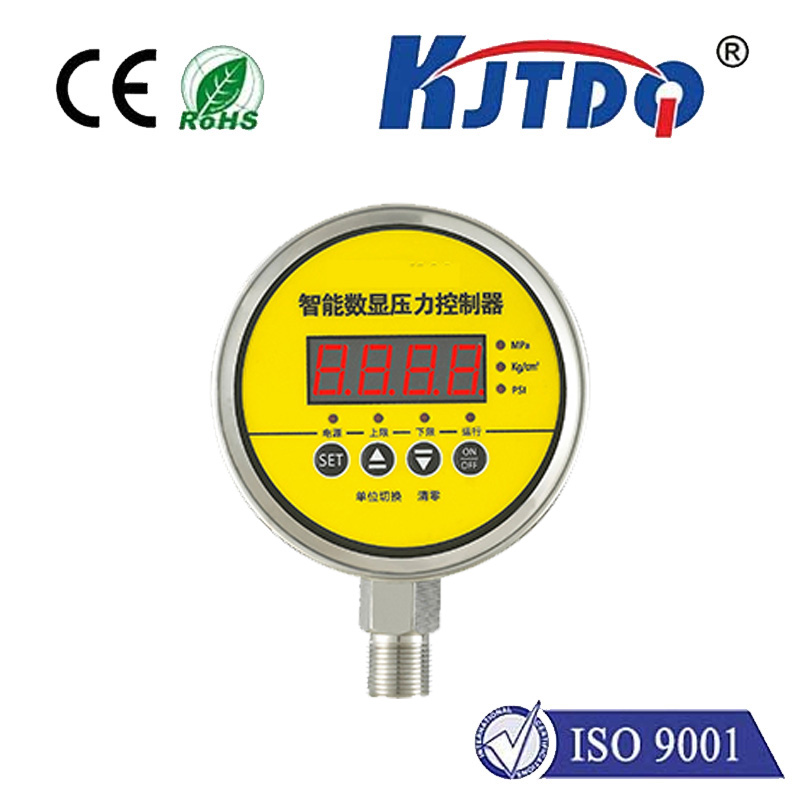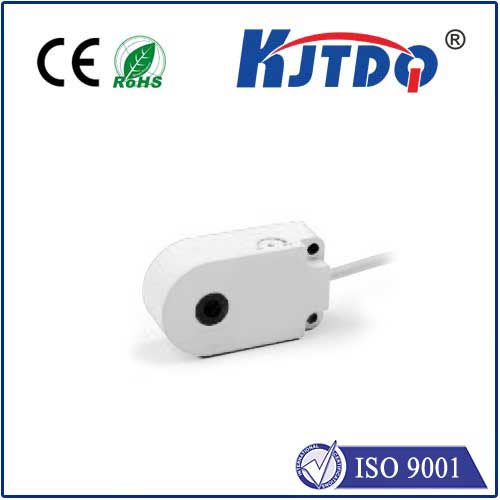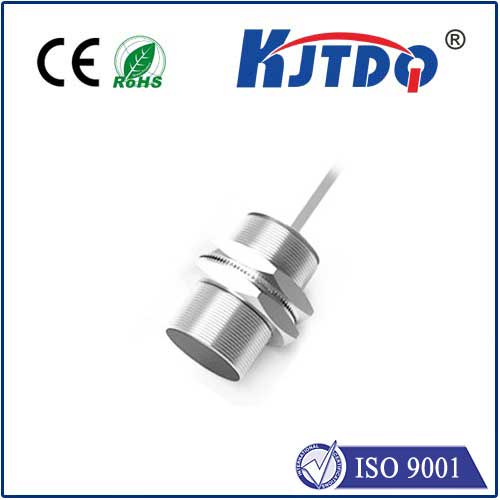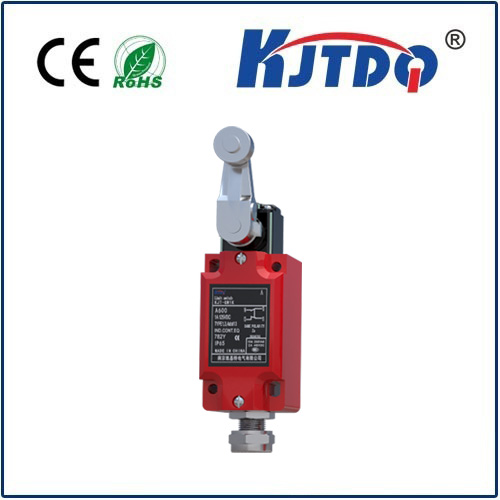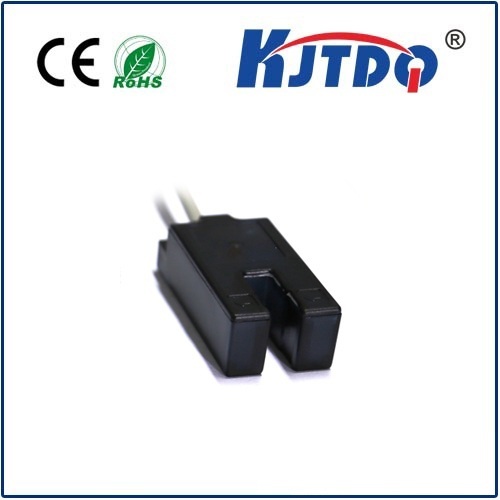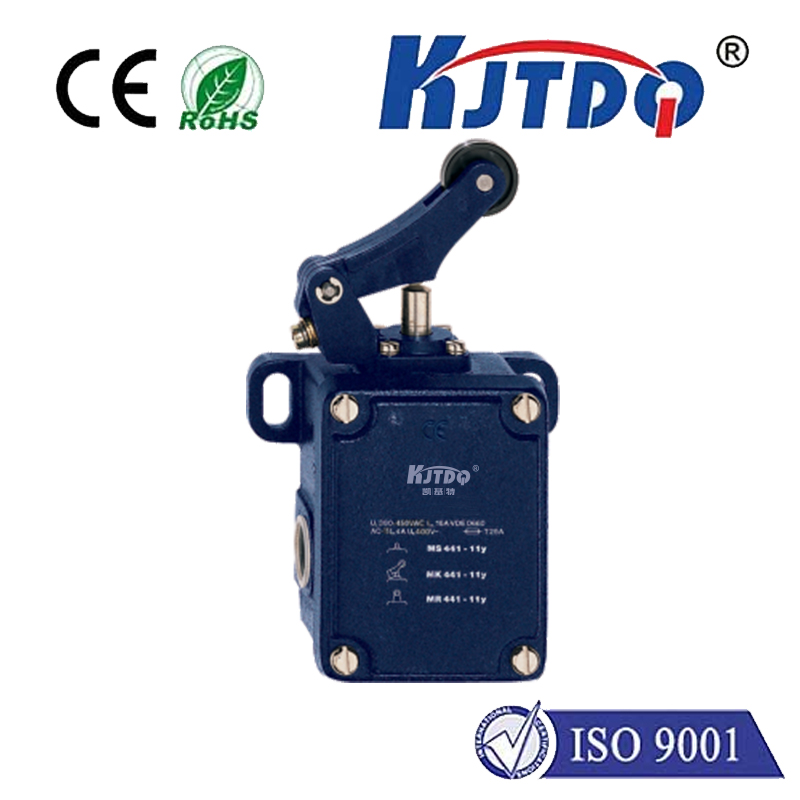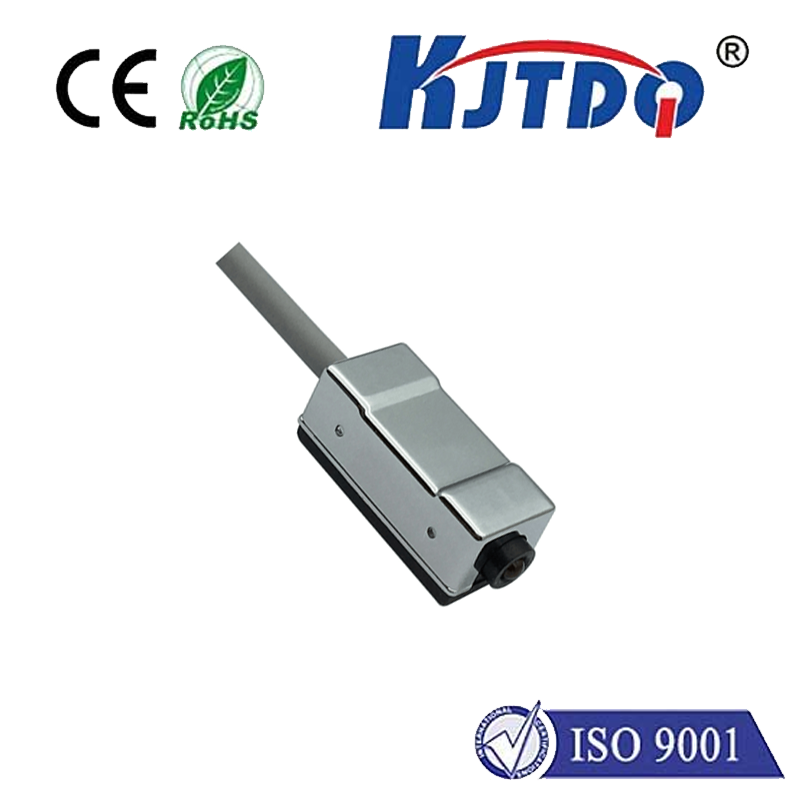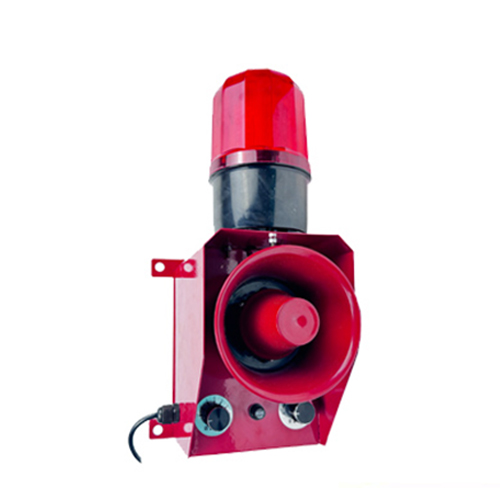proximity sensor lora
- time:2025-09-06 02:56:17
- Нажмите:0
Proximity Sensor LoRa: Revolutionizing Remote Monitoring and Presence Detection
Imagine a sprawling agricultural field. Instead of personnel physically checking irrigation pumps or storage sheds miles apart, tiny devices automatically detect movement near critical assets and instantly send alerts over vast distances. Or picture a smart city solution where parking spaces report occupancy status via a network covering entire urban districts, eliminating the need for complex wiring or costly cellular subscriptions. This isn’t futuristic fantasy; it’s the tangible reality unlocked by combining proximity sensors with LoRa (Long Range) technology. This powerful fusion is quietly transforming how we monitor presence, conserve resources, and secure assets across diverse industries.
At its heart, a датчик приближения is a device that detects the presence (or absence) of an object within a defined range without physical contact. Common types include:
- Inductive Sensors: Detect metallic objects using electromagnetic fields. Ideal for industrial machinery monitoring.
- Capacitive Sensors: Detect both metallic and non-metallic objects (like liquids, plastic, wood) by measuring changes in capacitance caused by the object’s proximity. Useful for tank level detection or material handling.
- Ultrasonic Sensors: Emit sound waves and measure the echo time to determine distance to an object. Effective for distance measurement and object detection in varied conditions.
- Infrared (IR) Sensors: Detect infrared radiation emitted or reflected by objects, commonly used for motion detection.
These sensors excel at their local task – detecting something nearby. However, their inherent limitation is range. Traditional wired connections are expensive and inflexible for remote or moving assets. Short-range wireless options like Bluetooth or Wi-Fi lack the necessary reach and battery efficiency. This is where LoRa enters the equation.
LoRa, specifically its network protocol LoRaWAN, is a low-power, wide-area networking (LPWAN) technology. It operates on unlicensed sub-GHz spectrum bands and boasts exceptional characteristics:

- Extremely Long Range: Capable of transmitting data over 5-15 km in rural areas and 2-5 km in dense urban environments.
- Ultra-Low Power Consumption: Enabling battery-operated devices to last years, even a decade or more, on a single battery.
- Deep Penetration: Signals effectively penetrate buildings, basements, and dense urban structures better than many other wireless technologies.
- High Capacity: A single LoRaWAN gateway can handle thousands of endpoint devices.
- Secure: Features built-in end-to-end encryption (AES-128).
The magic happens when we integrate a proximity sensor with a LoRa module to create a LoRa-enabled proximity sensor. This hybrid device locally senses the presence or absence of a target object and then transmits this crucial state change information via the LoRaWAN network. This solves the core problem: gathering localized presence data from geographically dispersed or hard-to-reach locations efficiently and cost-effectively.
The Synergistic Advantages of Proximity Sensor LoRa Solutions
Combining these technologies creates compelling advantages:
- Truly Wireless & Remote Monitoring: Deploy sensors virtually anywhere within LoRaWAN coverage without worrying about power outlets or complex wiring. Monitor remote tanks, gates, machinery, or environmental stations effortlessly.
- Exceptional Battery Life: LoRa’s ultra-low power consumption, especially during deep sleep modes between transmissions, means batteries last years. This drastically reduces maintenance needs and total cost of ownership (TCO), particularly crucial for inaccessible locations.
- Cost-Effectiveness: Utilizing unlicensed spectrum eliminates subscription fees associated with cellular IoT (NB-IoT, LTE-M). Hardware costs are also competitive, and the extended battery life further reduces long-term operational expenses.
- Scalability: Add hundreds or thousands of new sensors to an existing LoRaWAN network with minimal impact on the infrastructure, facilitated by the star-of-stars network architecture and high gateway capacity.
- Robust Connectivity: LoRa’s long range and penetration capability ensure reliable communication even in challenging environments like factories, underground parking, or dense forests where cellular or Wi-Fi signals falter.
- Enhanced Security: Data transmissions are secured with AES-128 encryption, protecting the integrity and confidentiality of the presence data.
Key Applications Driving Adoption
The use cases for LoRa-enabled proximity sensors are vast and expanding:
- Asset Tracking & Security: Monitor the status of equipment, containers, or trailers. Detect unauthorized access to remote cabinets, gates, or facilities (door/window status). Trigger alerts if assets move unexpectedly.
- Smart Parking & Traffic Management: Detect vehicle presence in parking spaces (“Occupied”/“Vacant”) across large lots or street parking, feeding data to management systems or apps.
- Industrial Automation & Predictive Maintenance: Monitor vibrations or proximity of critical machinery components. Detect levels in remote bins, silos, or tanks (конденсаторный датчик). Signal when maintenance doors are opened.
- Agriculture & Environmental Monitoring: Detect the presence of livestock near boundaries or water sources. Monitor the state of irrigation valves or pump houses. Detect water levels in remote tanks or reservoirs.
- Smart Buildings & Utilities: Remotely monitor utility meters (water, gas) enclosed in pits or basements (detect covers opened or meter status). Control lighting based on room occupancy detected remotely via LoRa.
- Waste Management: Optimize collection routes by detecting fill levels of bins using proximity (e.g., ultrasonic) sensors.
- Healthcare & Assisted Living: Provide discreet monitoring solutions (e.g., detecting movement in a room) for patient safety or elderly care without intrusive cameras.
Implementing Proximity Sensor LoRa Solutions: Considerations
While powerful, implementing these solutions requires careful planning:
- Sensor Range & Type: Choose the appropriate proximity sensor (inductive, capacitive, ultrasonic, IR) based on the target object (material, size) and required detection distance/accuracy.
- LoRa Module Integration: Select a LoRa module compatible with the sensor’s output and power requirements. Consider development kits or pre-integrated solutions for faster deployment.
- Network Coverage: Ensure reliable LoRaWAN coverage exists at the deployment site. Work with network providers (public networks like The Things Network or private network operators) or plan for deploying private gateways.
- Data Payload & Transmission Frequency: Optimize the message payload (often just a simple sensor state or distance measurement) and set appropriate transmission intervals (e.g., only on state change) to maximize battery life. Low Data Rate is key to LoRa’s efficiency.
- Power Management: Design robust power management, leveraging LoRa’s asynchronous communication capabilities to keep the module in deep sleep mode whenever possible.
Conclusion: A Foundation for Smarter Sensing
The integration of proximity sensors with LoRa technology represents a paradigm shift in remote monitoring. By overcoming the limitations of distance, power, and cost, it unlocks a world of possibilities where simple presence detection becomes actionable intelligence gathered from the most remote corners of our operations and environment. Whether optimizing resource use, enhancing security, or enabling predictive maintenance, Proximity Sensor LoRa solutions are proving to be a fundamental building block for scalable, efficient, and truly intelligent IoT deployments, paving the way for smarter cities, industries, and infrastructure.

